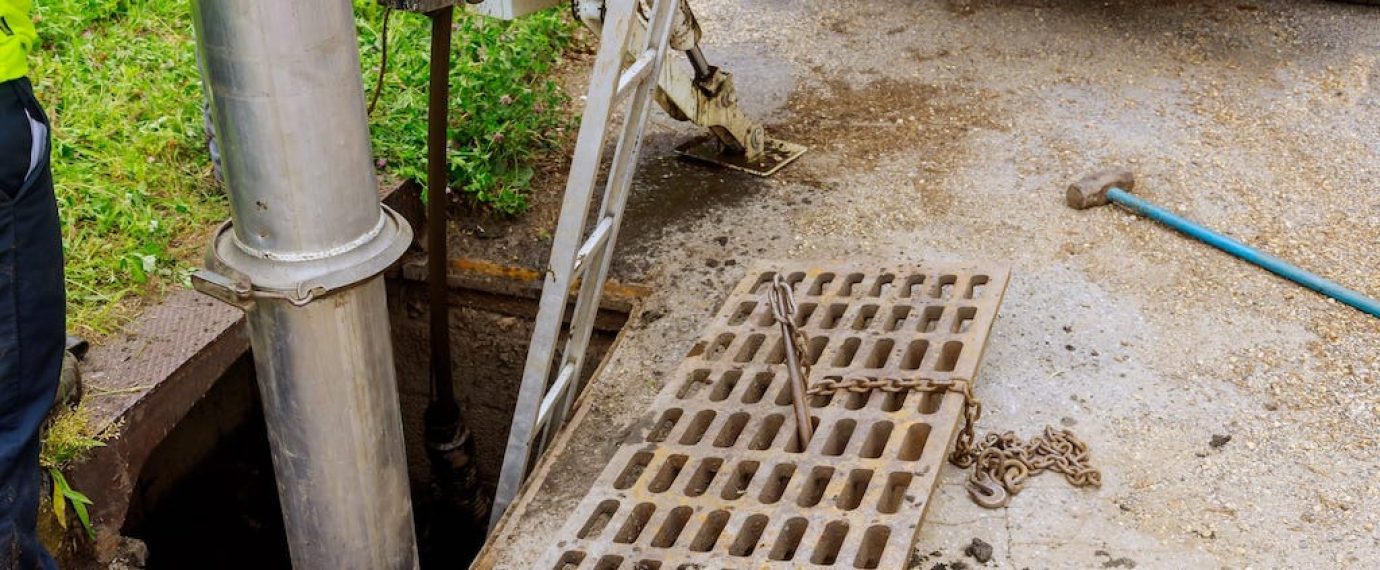According to the Bureau of Labor & Statistics (BLS), there were 1,030 confined space entry fatalities across all fifty states from 2011 to 2018. In addition, confined space fatalities increased from 120 in 2011 to 148 in 2018.
Permit or Non-Permit?
For those that may not know, in 29 CFR 1910.146(b), OSHA defines a confined space as any space that (1) is large enough and so configured that an employee can bodily enter and perform assigned work, (2) has limited or restricted means for entry and exit, and (3) is not designated for continuous employee occupancy.
Once the confined space applicability has been established, the employer must determine the permit applicability of the space. This is completed by evaluating to see if any of the three following hazards exist: (1) Hazardous Atmosphere, (2) Contains material or has a configuration that has the potential to engulf or entrap, and/or (3) Contains other recognized serious safety or health hazard. This second evaluation step is where you, as the employer, determine if the space is permit-required or not. A flow chart is listed below to help you assess the spaces at your facility.
It’s important to note that non-permit does not necessarily mean non-hazardous. Keep in mind that during the entrance to the space conditions, hazards and the scope of work may change. This makes it necessary for you, as the employer, to re-evaluate the space.
Can a Permit-Required Confined Space be re-classified as a Non-Permit Space and if so, what are the criteria?
Yes, a permit-required confined space may be reclassified into a non-permit confined space under certain conditions. Essentially, a non-permit confined space involves a confined space that does not contain or, with respect to atmospheric hazards, have the potential to contain any hazard capable of causing death or serious physical harm.
To re-classify a permit-required confined space into a non-permit confined space, you must do the following:
- If the permit-required space poses no actual or potential atmospheric hazards (and you’ve tested and inspected the space to ensure that), and if all hazards within the space are eliminated without entry into the space, the permit space may be reclassified as a non-permit space for as long as the non-atmospheric hazards are eliminated.
- You must document the basis for determining that all hazards in a permit space have been eliminated through a certification that contains the date, the location of the space, and the signature of the person making the determination. The certification shall be made available to each employee entering the space or to that employee’s authorized representative.
- Note: Control of atmospheric hazards through forced air ventilation does not constitute the elimination of the hazards.
What does this mean for my facility and my team?
As an employer, you may be thinking, “our employees don’t enter confined spaces—it’s the contractor’s responsibility.” However, just because your employees do not enter the space directly does not mean that you can overlook the entrance process and the hazards associated with it.
OSHA states that there are three designations for employers: the entry, the host, and the controlling contractor/employer. For example, if a company is leasing a building and needs a contractor to come onsite and clean out a pit or work on a large machine, the owner of the building or property would be the host employer. The company operating in that space would be the controlling employer, and the contractor would be the entry employer.
To put it simply, the host employer is the employer that owns or manages the property where the entrance is being completed. The controlling employer is the employer with the overall responsibility for the entrance. Lastly, the entry employer/contractor is the one who decides if the space will be entered and should communicate with the controlling employer to determine what hazards exist inside the respective confined space and, most importantly, how to control said hazards and protect employees prior to entry.
Strategies for Safe Entry
Often, companies today are contracting out confined space entry because of the scope of the job being completed, and because of the risks associated with the entrance. That can often lead to confusion or ignorance when it comes to confined space entry. Below are the key steps for a safe entry, regardless of the entrant or the host/controlling employer.
- Complete a documented assessment of the spaces at your facility for permit applicability.
- Post notice of permit-required confined spaces at their access points.
- Determine if your employees will be entering any permit-required confined spaces.
- If your employees will be entering permit-required confined spaces, review specific employee responsibilities and rescue plans before entering any permit-required confined spaces.
- If any atmospheric hazards may be present, make sure to complete air monitoring prior to entry and throughout the job at the front, middle, and back of the space.
- Implement controls for all other hazards, including lockout/tagout, the use of PPE, fall protection, and air monitoring.
- Train employees in confined space entry, awareness, and hazard recognition.
- Practice the training through confined space entry drills. If offsite rescue is being used, invite them to the drill as well.
If you need assistance determining permit applicability or evaluating your facility’s confined spaces, U.S. Compliance can offer the resources and guidelines to ensure safe working conditions and maintain compliance.



